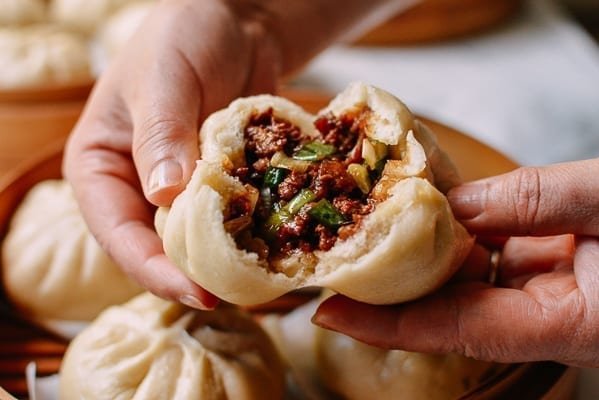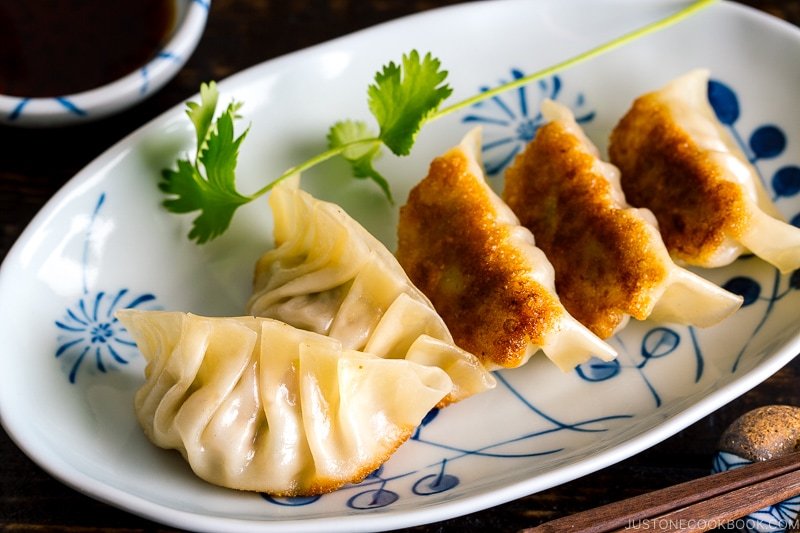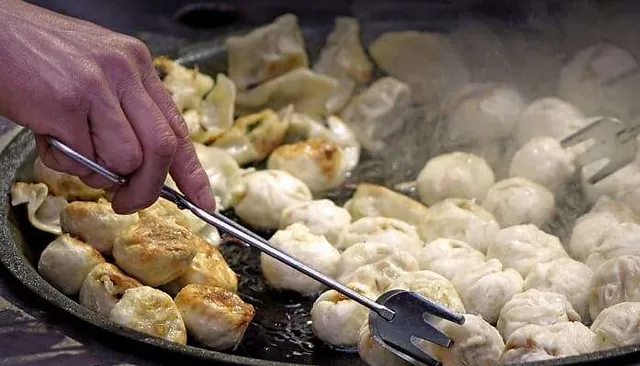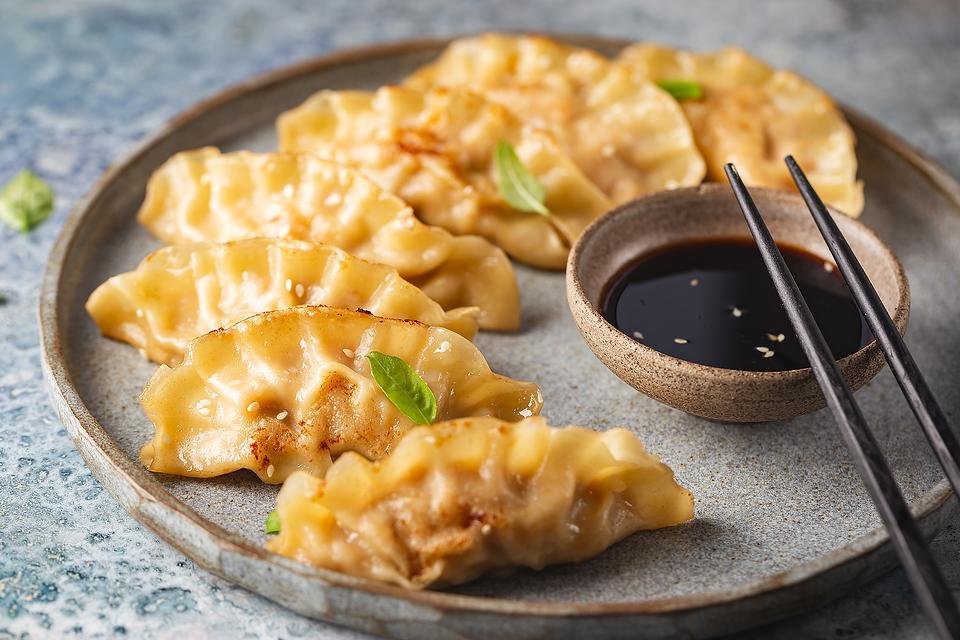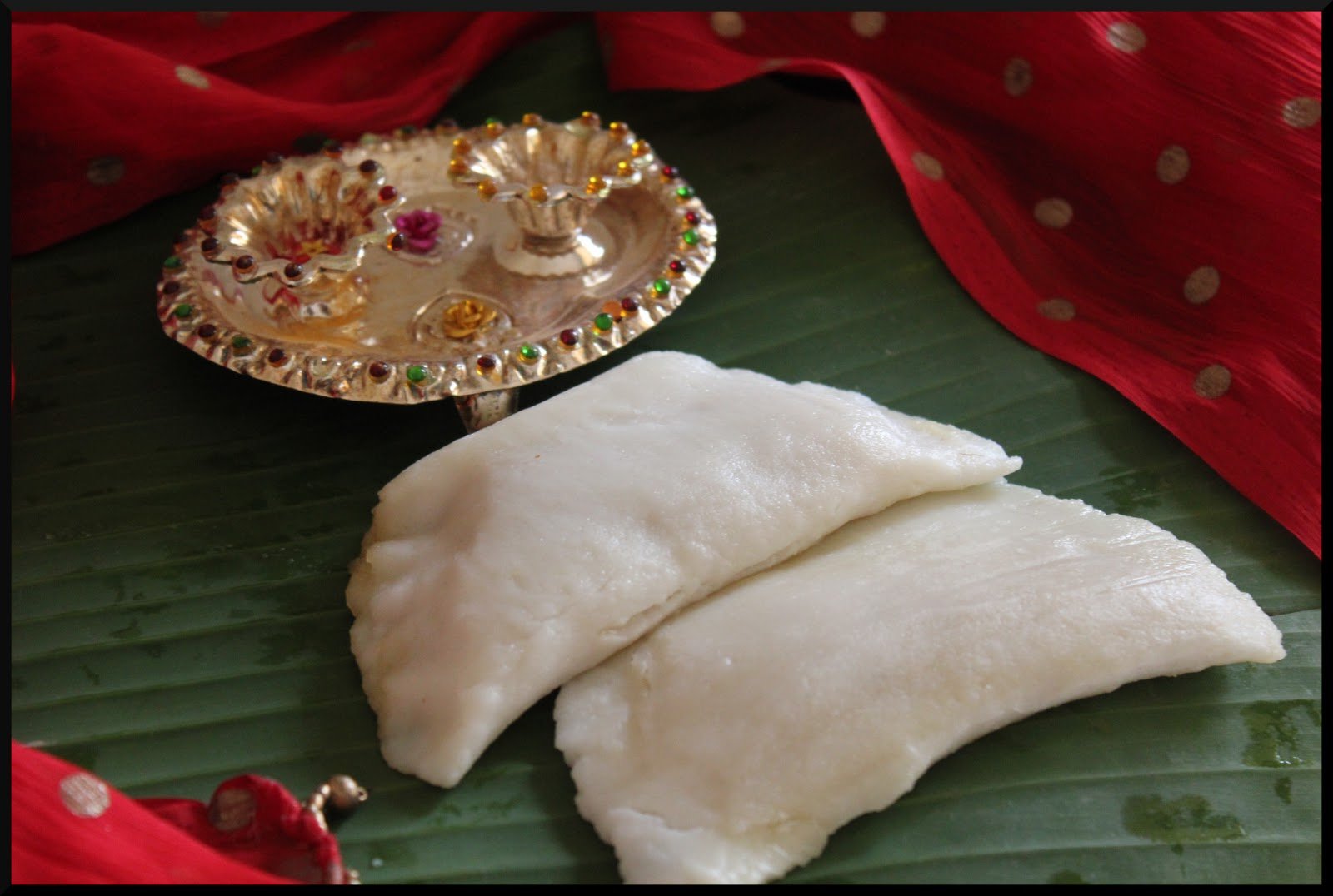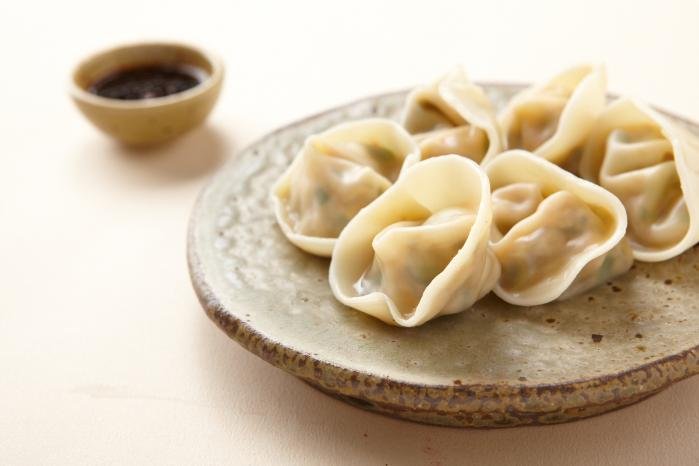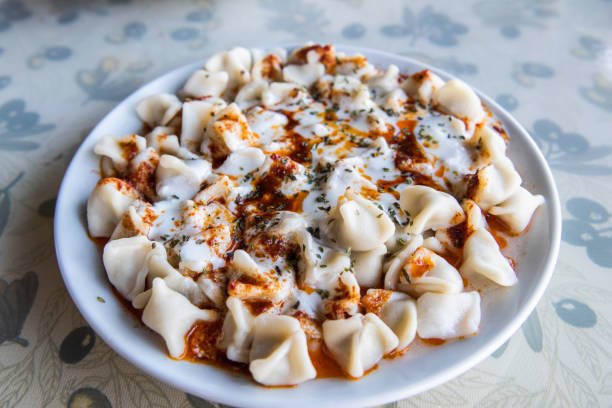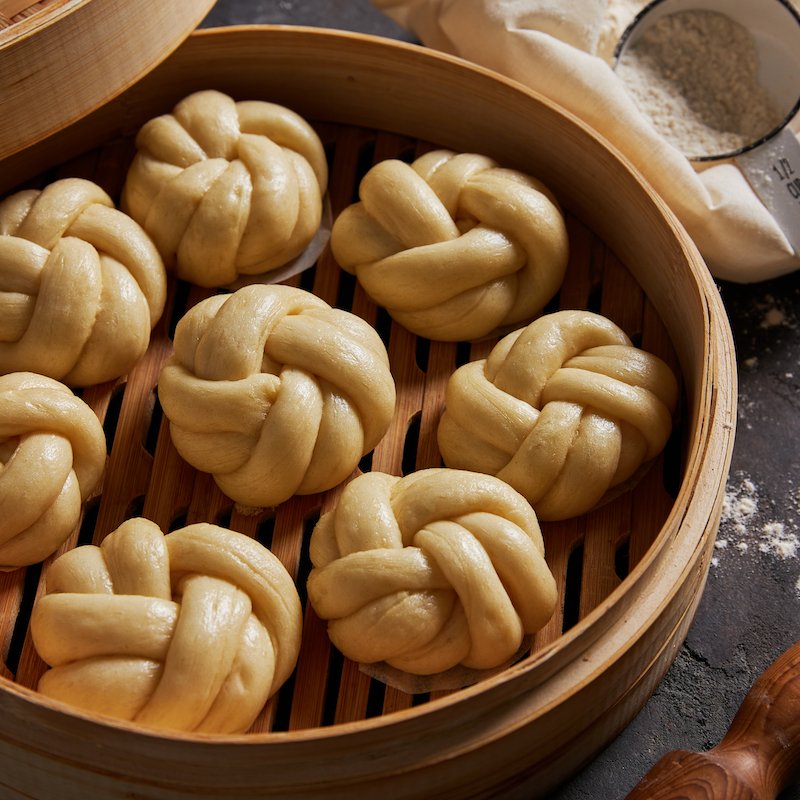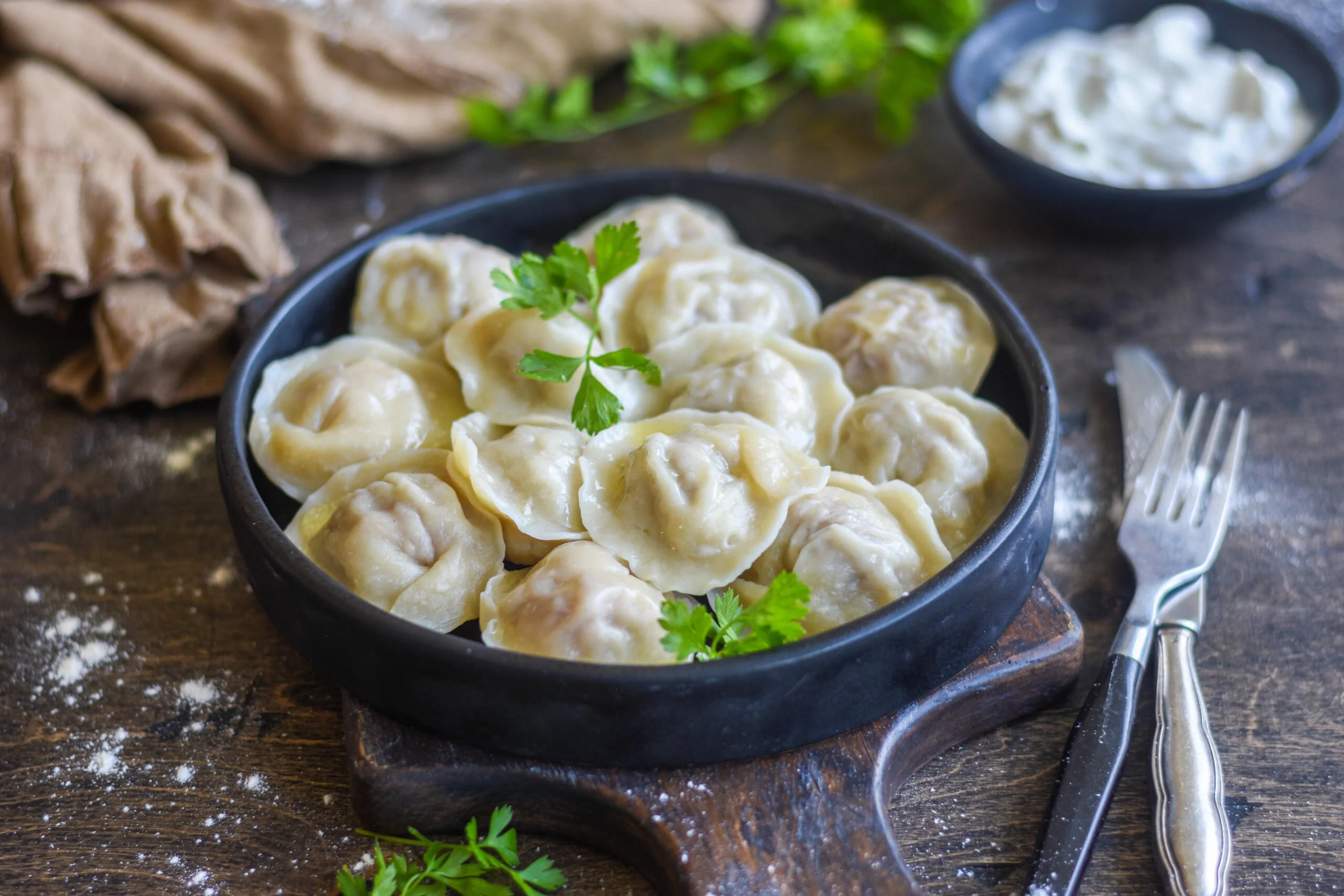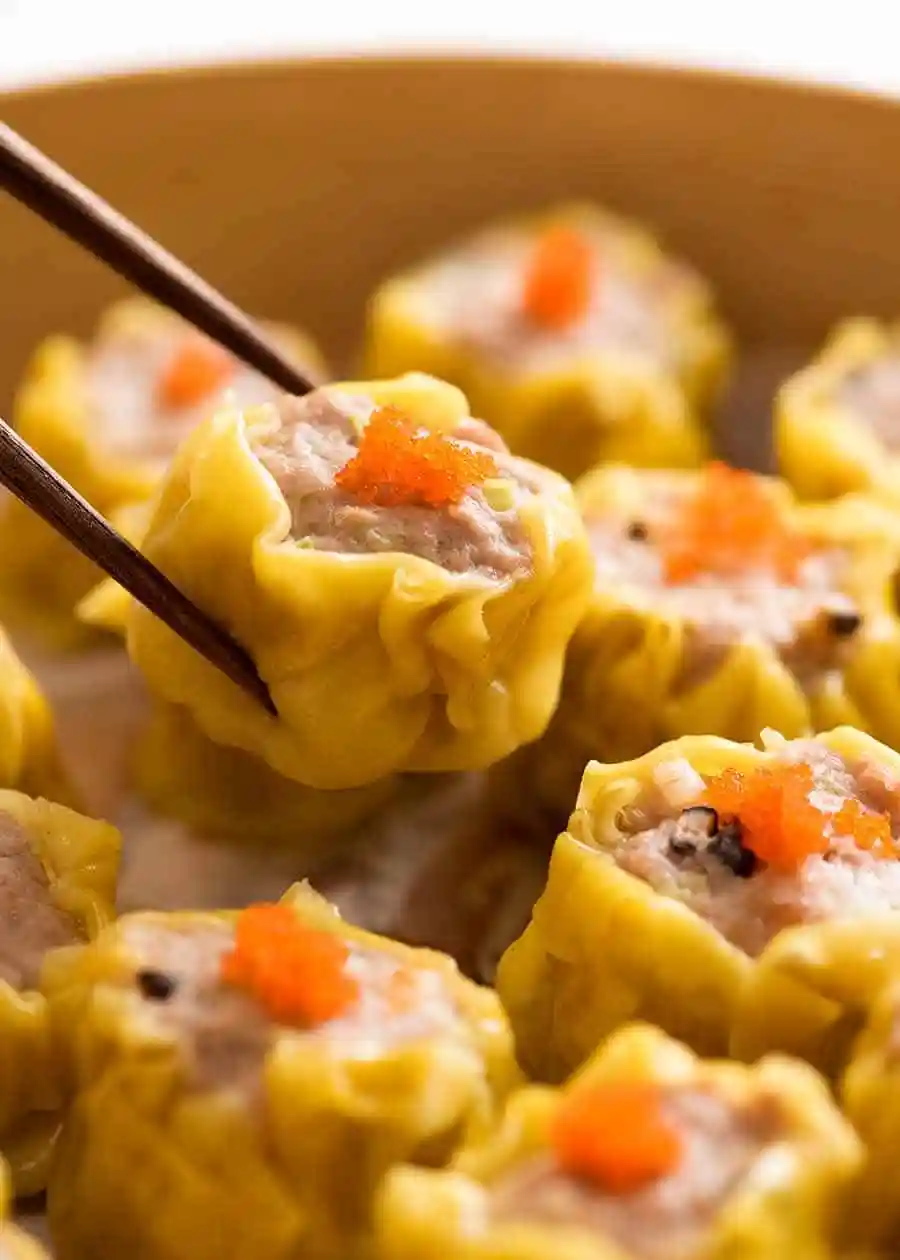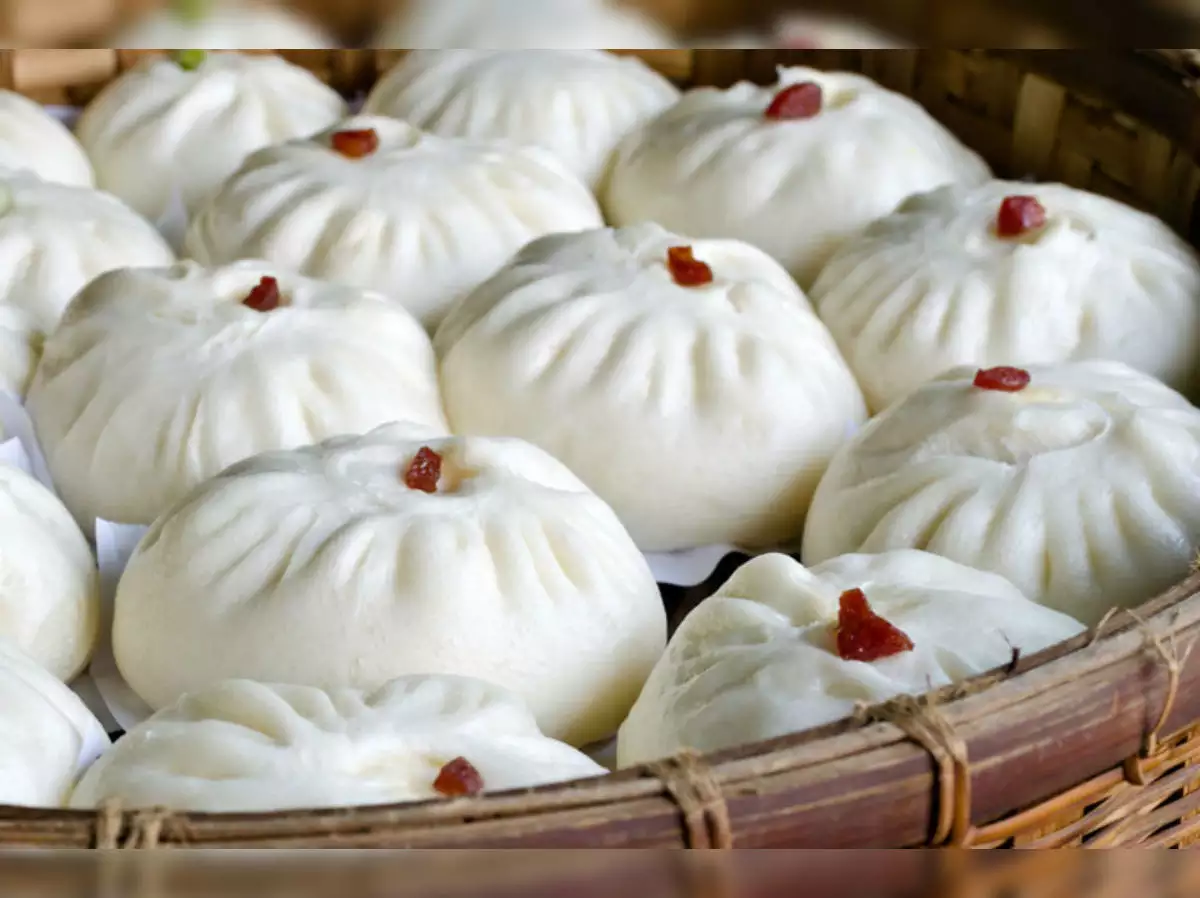MOMOS AND INDIA: EK PREM KATHA
Written by Aniket Singh Chauhan, freelance journalist by work and traveller by heart. He loves to write about topics ranging from international relations and defence to popular culture and travel.
Momos, the little cream-coloured stuffed snack, unlike its size, has a complex history, one that is connected to a goddess, spans thousands of years, a hundred miles, numerous wars, exodus and yet, has always mesmerised anyone who has tasted this Himalayan treat.
A sumptuous plate of Buuz, momos from Mongolia. The words, "Ek plate paneer momos laga do bhaiya aur chutney extra", are as synonymous with Delhi as India Gate itself. The tiny Tibetan treat has made its way to the heart of every Indian in a rather short amount of time. Nearly every outing with friends seems incomplete without our favourite momos. And we, being Indians, recast momos with our unique tastes and made them our own. So be it Tandoori Momos, Chicken Momos, Fried Momos, Paneer Momos or the simple Cabbage Momos, the love for Momos just grew in our hearts.
The Origins
Just like the age of Anil Kapoor, the origins of the dish are blurry. Momos are quite old, even older than Morgan Freeman (seriously, how old is that guy?). 1700-year-old fossilised crescent-shaped dumplings were found in China’s Turpan. While some say that the dish is primarily of Tibetan origin, others point towards Nepal as its birthplace. The Tibetans call the dish, Mog Mog, literally meaning meatballs covered in flour dough. It is believed that the Tibetans borrowed the term from the word momo (馍馍), a common term meaning steamed buns used in the Xīběi region dialects of Mandarin Chinese.
Probably Relevant Side Note: The Xīběi region is the Northwestern part of the People’s Republic of China. The region houses significant ethnic minorities like Uyghurs, Huis and Tibetans. Traditionally the area has been home to various merchant communities trading on the Silk Route.
On the other hand, Nepali experts point to the native Newari communities based in the Kathmandu valley with the creation of the tiny dumplings. In Nepalese, the word mome (मम) means steam cooked. It is said that during early medieval times, traversing Newari merchants spread the tender momos through the rugged Tibetan mountains into regions like India and Southeast Asia.
And then, as the English Rock band Genesis says, there were three. In addition to these two theories, there is another one that – is my favourite – blends momos’ Nepali and Tibetan origins. According to this third legend, it was the legendary Lichhavi princess Bhrikuti Devi who became the Queen of Tibet after her marriage to the Tibetan king, Songtsen Gampo during the 7th century. She is worshipped as a goddess in Tibet who is credited with spreading Buddhism and the delicious momos in Tibetan highlands.
Probably Relevant Side Note: Tibetan Buddhists consider Bhrikuti Devi is a reincarnation of Shyama Tara, one of the most important deities in Tibetan Buddhism and regarded as the ‘Mother of Liberation’.
Yet, the momos we relish today are quite different from the earlier ones popular in Nepal, Tibet and mainland China. Earlier versions of the dish were largely meat-based both in Tibet and Nepal. In Tibet, momos are prepared with yak meat, tomato, garlic, ginger, dried chilli and oil-based filling. Both steamed and fried versions of the dish are savoured along with a chilli paste. The utensil used for cooking momos was called Mucktoo – that aesthetically pleasing bamboo utensil which too has made its way from the rugged Tibetan landscapes to India’s upscale urban cafes.
The Road to India
It is largely assumed that Momos' journey to India followed the exodus of Tibetans from Tibet after the Chinese invaded the region in 1959. As the exiled Tibetans settled in various parts of India, including Dharamshala, Sikkim, Ladakh, Darjeeling, Kolkata and Delhi, these places became hotspots of momos and subsequently, the momo fever gripped the whole nation. Moreover, the popularity further carved its place in the Indian palette when many Nepali people settled in India after escaping a decades-long Maoist insurgency and civil war in the Himalayan nation.
Unlike the popular notion, momos are not a part of the traditional North-East Indian cuisine. Apart from the states of Arunachal Pradesh and Sikkim, the dish does not feature in the local cuisine of other states. However, just like the whole nation, the Northeast too embraced the Nepali-Tibetan dish with open hands. In Arunachal Pradesh, momos are a crucial part of Monpa and Sherdukpen tribal cuisine. Hailing mainly from the Tawang and Kameng districts bordering Tibet. Due to its proximity to Tibet, momos in Arunachal closely resemble their Tibetan counterparts. The tribes relish their momos stuffed with minced pork, mustard leaves and green vegetables.
As per Akshat Rathore, a Law student based in Delhi, "First thing is that I like chicken momos more than veg one” (I don’t agree with him) “In them, I like momos with a thin outer layer and a good fill. Apart from that, I love the chutney and mayonnaise combo”. Interestingly, Chicken Momos are also considered to be an Indian influence on the dish. Many are also of the opinion that vegetable and paneer stuffing was a result of the Indian influence on the dish owing to various cultural and religious reasons (that sounds sensible as our parents are after us to eat more vegetables anyway).
As the dish was popularised in nations like Nepal, Tibet and China, it spread along the Silk Route. Thus, momos have similar cousins in Central, East and South Asia. So, China savours Jiaozi, Baozi and Mantou, Hong Kong devours Siu Mai, Japan has Gyozo, the Mongolians love Buuz, the Koreans specialise in Mandu, Turkey houses the Manti, Russia has Pelmeni and Italy has Ravioli. Imagine, an international coalition of Momo-loving Nations, take that UN!
India itself has many variations that though look like momos but are distinct. The state of Sikkim houses Hyontoen, which is a millet flour-based momo cousin with cheese stuffing and Thaipo, the hulky big brother of our tiny momo. The state of Karnataka has the rice flour dish, Kabudu. The states of Uttar Pradesh and Bihar share the chickpea and Urad dal (Black gram) stuffed, Fara or Bhakosa.
The Momo Gallery
From left to right: Baozi from China, Fara and Bhakosa from UP-Bihar, Gyoza from Japan, Hyontoen from Sikkim, Jiozi from China, Kabudo from Karnataka, Mandu from Korea, Manti from Turkey, Mantou from China, Pelmeni from Russia, Ravioli from Italy, Siu Mai from Hong Kong, Thiapo from Sikkim.The Momo Cult
As with any other popular dish, the momos also have a strong following. Some madly love it while for some it’s just another delicacy. Many feel the wrath of this liking, just like a Delhi University student puts it, "A meme template of ‘will society accept me?' suits perfectly my lack of love for momos. It is a culture in itself and apparently; you cannot openly talk about it. I do not know about history but the future sure looks like I will be witnessing a momo fan fest or a momocon."
On the contrary, Mrinalika Chauhan, a working professional in the social sector, "I like momos because they taste amazing. As a student, if I feel like treating myself and momos is one of the cheapest and best options I have. My friends and I have always hung out around momo stalls. So, it does have a special place in my heart from that point of view too. The amazing thing about momos is that they look small but are sumptuous." In addition to a mouth-watering taste, the dish has also made its name in the field of business. The love of momos is such that India now even has a 400+ restaurant chain of Wow! Momo is a fast-food brand focused on Momos and dishes derived from Momos.
So, the next time you go out for a plate of momos, take some time to realise the long-drawn-out history of that small stuffed snack and I am sure you will love the tiny Tibetan dish even more.



